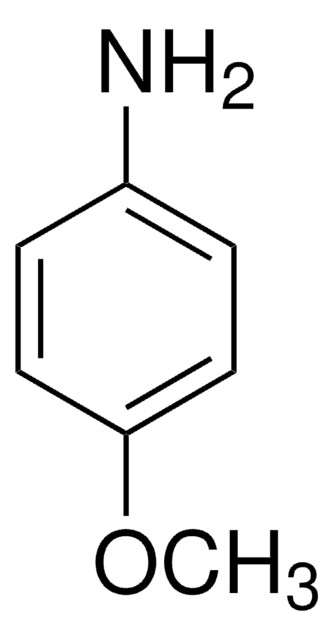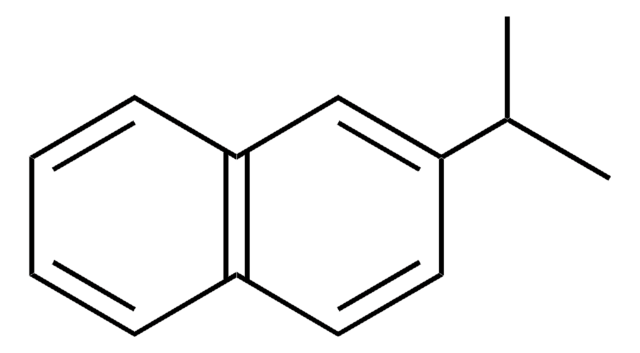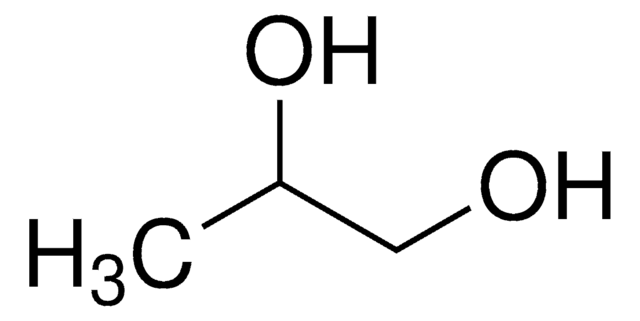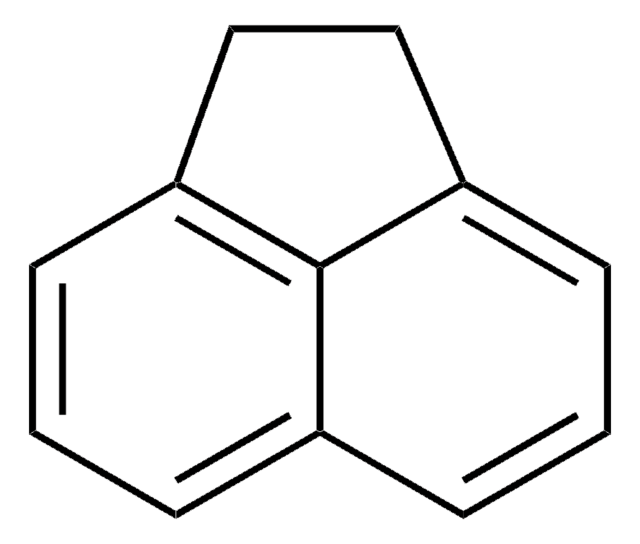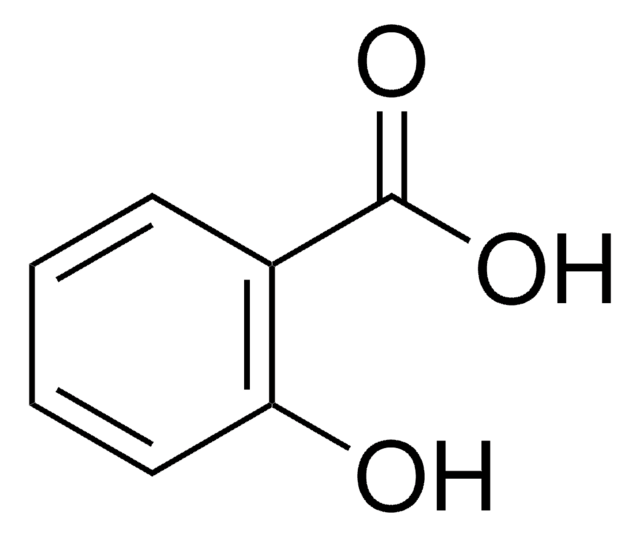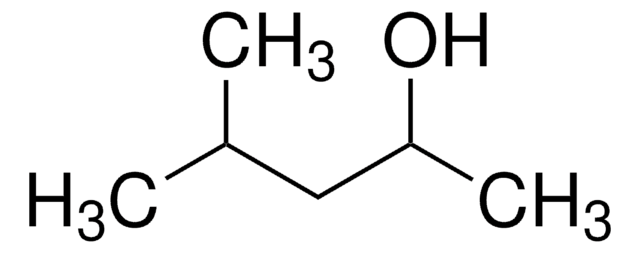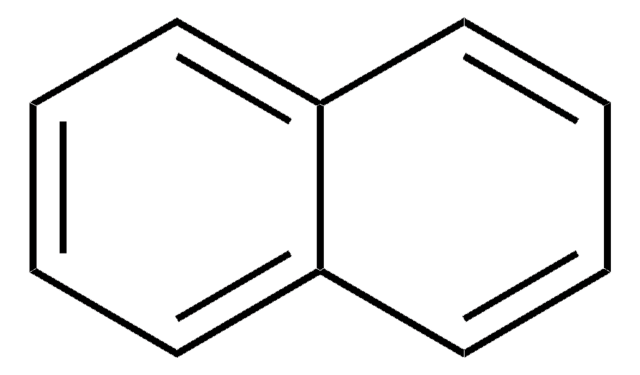All Photos(1)
About This Item
Empirical Formula (Hill Notation):
C16H20
CAS Number:
Molecular Weight:
212.33
EC Number:
MDL number:
UNSPSC Code:
12352200
PubChem Substance ID:
Recommended Products
form
solid
SMILES string
CC(C)c1ccc2cc(ccc2c1)C(C)C
InChI
1S/C16H20/c1-11(2)13-5-7-16-10-14(12(3)4)6-8-15(16)9-13/h5-12H,1-4H3
InChI key
GWLLTEXUIOFAFE-UHFFFAOYSA-N
Related Categories
Other Notes
Please note that Sigma-Aldrich provides this product to early discovery researchers as part of a collection of unique chemicals. Sigma-Aldrich does not collect analytical data for this product. Buyer assumes responsibility to confirm product identity and/or purity. All sales are final.
NOTWITHSTANDING ANY CONTRARY PROVISION CONTAINED IN SIGMA-ALDRICH′S STANDARD TERMS AND CONDITIONS OF SALE OR AN AGREEMENT BETWEEN SIGMA-ALDRICH AND BUYER, SIGMA-ALDRICH SELLS THIS PRODUCT "AS-IS" AND MAKES NO REPRESENTATION OR WARRANTY WHATSOEVER WITH RESPECT TO THIS PRODUCT, INCLUDING ANY (A) WARRANTY OF MERCHANTABILITY; (B) WARRANTY OF FITNESS FOR A PARTICULAR PURPOSE; OR (C) WARRANTY AGAINST INFRINGEMENT OF INTELLECTUAL PROPERTY RIGHTS OF A THIRD PARTY; WHETHER ARISING BY LAW, COURSE OF DEALING, COURSE OF PERFORMANCE, USAGE OF TRADE OR OTHERWISE.
NOTWITHSTANDING ANY CONTRARY PROVISION CONTAINED IN SIGMA-ALDRICH′S STANDARD TERMS AND CONDITIONS OF SALE OR AN AGREEMENT BETWEEN SIGMA-ALDRICH AND BUYER, SIGMA-ALDRICH SELLS THIS PRODUCT "AS-IS" AND MAKES NO REPRESENTATION OR WARRANTY WHATSOEVER WITH RESPECT TO THIS PRODUCT, INCLUDING ANY (A) WARRANTY OF MERCHANTABILITY; (B) WARRANTY OF FITNESS FOR A PARTICULAR PURPOSE; OR (C) WARRANTY AGAINST INFRINGEMENT OF INTELLECTUAL PROPERTY RIGHTS OF A THIRD PARTY; WHETHER ARISING BY LAW, COURSE OF DEALING, COURSE OF PERFORMANCE, USAGE OF TRADE OR OTHERWISE.
signalword
Warning
hcodes
Hazard Classifications
Acute Tox. 4 Oral - Aquatic Acute 1 - Aquatic Chronic 1
wgk_germany
WGK 3
flash_point_f
284.0 °F
flash_point_c
140.00 °C
Certificates of Analysis (COA)
Search for Certificates of Analysis (COA) by entering the products Lot/Batch Number. Lot and Batch Numbers can be found on a product’s label following the words ‘Lot’ or ‘Batch’.
Already Own This Product?
Find documentation for the products that you have recently purchased in the Document Library.
Customers Also Viewed
Eelco N Pieke et al.
Analytica chimica acta, 975, 30-41 (2017-05-30)
Risk assessment of exposure to chemicals from food and other sources rely on quantitative information of the occurrence of these chemicals. As screening analysis is increasingly used, a strategy to semi-quantify unknown or untargeted analytes is required. A proof of
K Van Den Houwe et al.
Food additives & contaminants. Part A, Chemistry, analysis, control, exposure & risk assessment, 34(7), 1261-1269 (2017-05-18)
Contaminants in food packaging are a challenge of our time since the packaging material itself has been found to represent a source of food contamination through the migration of substances from it. Before first use, packaging materials destined for the
Coraline Simon et al.
Toxicology in vitro : an international journal published in association with BIBRA, 37, 121-133 (2016-10-19)
Endocrine activity of 65 compounds migrating from polycarbonate replacement plastic baby bottles was assessed using in vitro cell based assays (reporter gene assays) involving 7 nuclear receptors, i.e. human steroid hormones receptors (oestrogen, androgen, progesterone and glucocorticoid receptors), human thyroid
Matthias Onghena et al.
Food additives & contaminants. Part A, Chemistry, analysis, control, exposure & risk assessment, 31(12), 2090-2102 (2014-11-20)
In 2011, the European Union prohibited the production of polycarbonate (PC) baby bottles due to the toxic effects of the PC monomer bisphenol-A. Therefore, baby bottles made of alternative materials, e.g. polypropylene (PP) or polyethersulphone (PES), are currently marketed. The
Our team of scientists has experience in all areas of research including Life Science, Material Science, Chemical Synthesis, Chromatography, Analytical and many others.
Contact Technical Service
